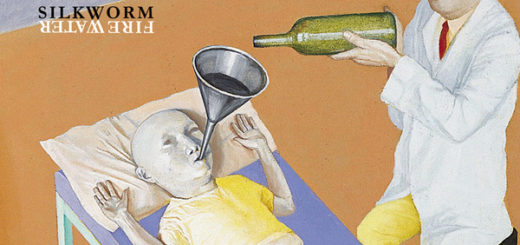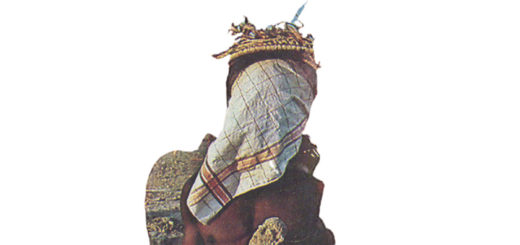The Thomas Top Five: 7/25/16
Our Editor-in-Chief listens to upwards of 50 albums per week, so why not let him share the five, presented alphabetically by artist, he thinks are the best for you to hear on this week’s installment of the Thomas Top Five?
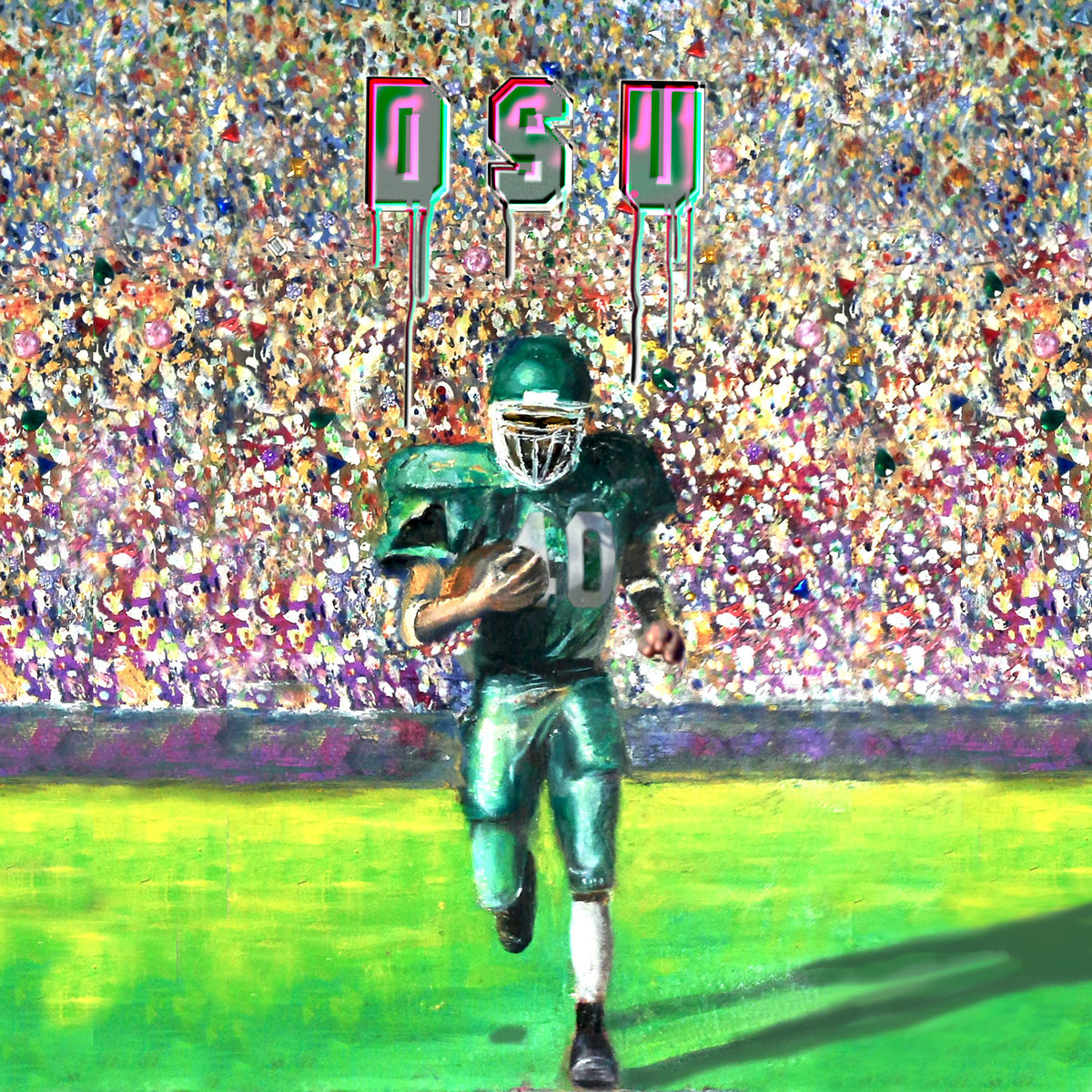
Alex G – DSU
Genre: Lo-Fi Indie
Year: 2014
Favorite Tracks: “Serpent Is Lord,” “Harvey,” “Skipper,” “Sorry,” “Icehead”
Although 2015’s BEACH MUSIC saw Alex G incorporate a daring and welcome attempt at experimentation into his downtrodden bedroom tape jams, DSU is the maximization of that particular aesthetic. Many of the songs pair Alex G’s haunted, wispy falsetto with the expected heartfelt strums of an acoustic guitar, but what has always separated Alex G from the swath of indiscriminate indie singer-songwriters is the surprising amount of variety and production quality that he manages to balance with his distinct sense of lo-fi lonerism. As such, we have dashes of synthesized wind instruments (“Harvey”), the layered embrace of Midwest Emo guitars (“Skipper”), and the regular presence of ethereal choral elements that keep things from feeling too derivative of similarly “amateur” acts. Melancholy without being oppressively sad, comfortable and familiar without being saccharine, DSU feels instantly relatable and universally human.
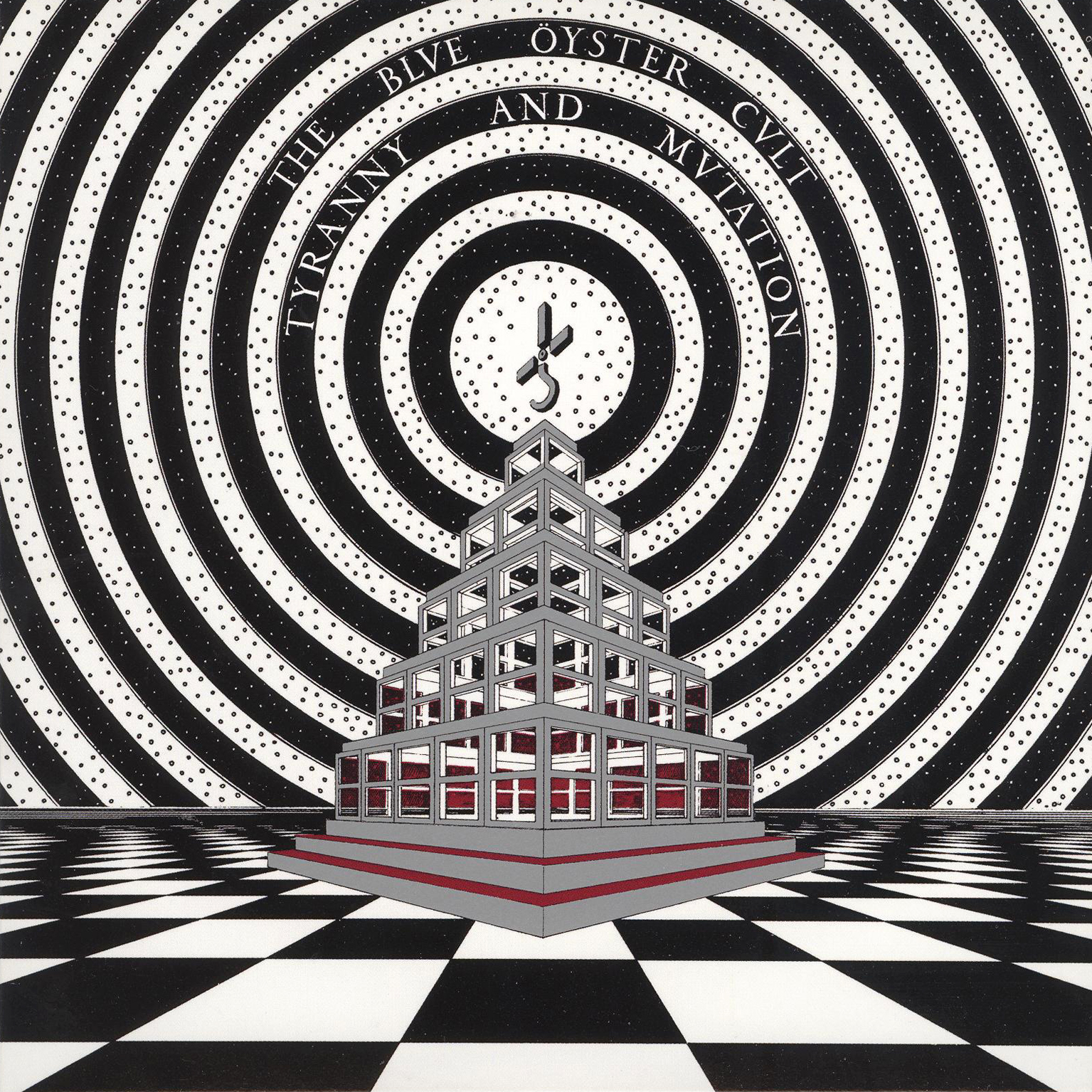
Blue Öyster Cult – TYRANNY AND MUTATION
Genre: Hard Rock
Year: 1972
Favorite Tracks: “O.D.’d on Life Itself,” “7 Screaming Diz-Busters,” “Teen Archer”
Blue Öyster Cult is a strange band upon consideration, as everyone knows their name yet almost nobody could give you any definitive details on their members or their music apart from “(Don’t Fear) The Reaper.” While that song signifies a shift in the band’s career to a softer, more AOR-oriented sound, the early BOC records are refreshingly dense and psychedelic. More comparable to Black Sabbath than anything, TYRANNY AND MUTATION features the swaggering blues base of their stylistic forebearers, but with Sabbath’s glowering distortion replaced by a knack for pop songwriting and the whimsically dueling guitars of Eric Bloom and Buck Dharma. Topped off with considerable use of organ and keyboards that reference Deep Purple and a penchant for strange, fantastical lyrics, TYRANNY AND MUTATION belongs on any shelf alongside the requisite dad rock releases.
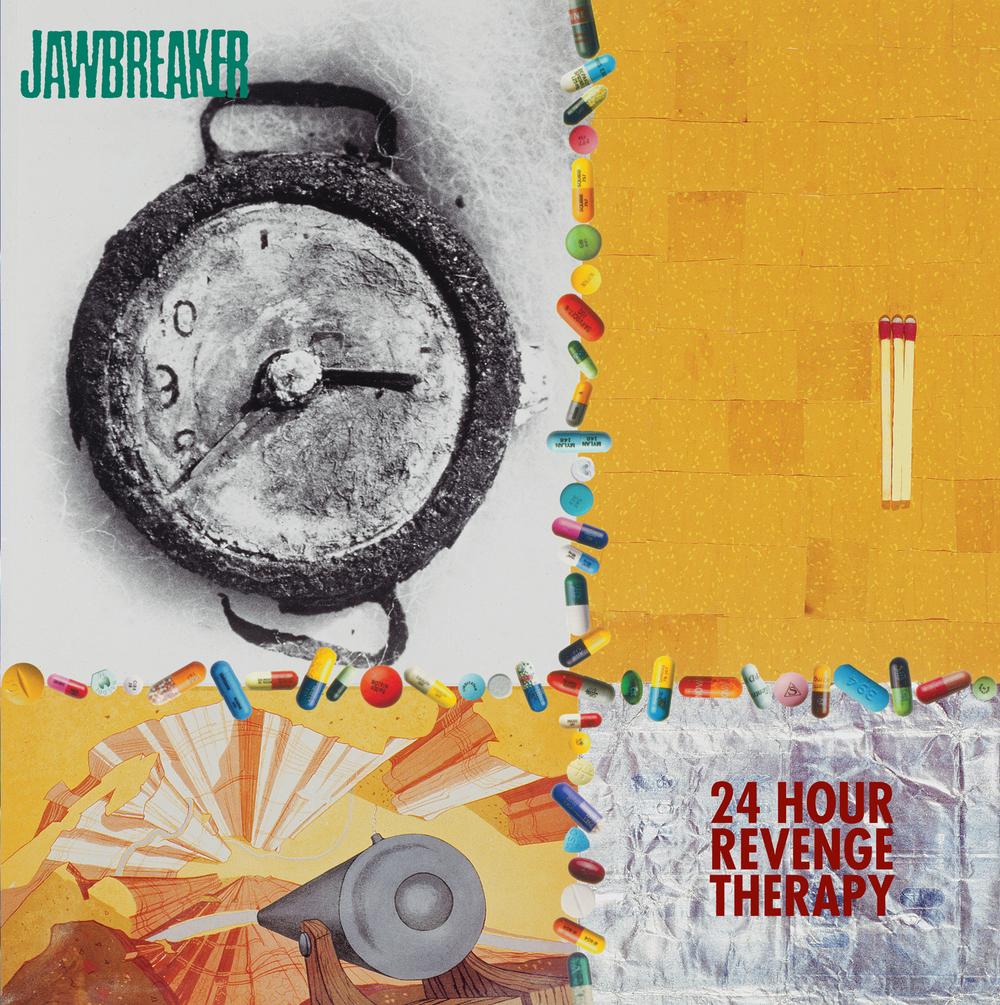
Jawbreaker – 24 HOUR REVENGE THERAPY
Genre: Emo, Post-Hardcore
Year: 1994
Favorite Tracks: “Indictment,” “Boxcar,” “Condition Oakland,” “Do You Still Hate Me?”
The Thomas Top Five is no stranger to albums hailing from the emo genre, but Jawbreaker’s brand is less twinkly American Football angst and more aligned with the punk, indie, and alternative nexus of genre pioneers such as Sunny Day Real Estate (apart from the second half of “Condition Oakland”). Loud, loose, and raucous, 24 HOUR REVENGE THERAPY’s blend of aggressive distortion and melodic craft is heavily reminiscent of post-hardcore icons Fugazi, while the punchy, generally economical songwriting style (“Boxcar”) brings up surprising intimations of Green Day. With production from Steve Albini contributing to a mire of angular distortion accentuated by the destructive presence of the drums, and Blake Schwarzenbach’s ragged missives about his frustration with life, love, and his participation in punk, it’s easy to see how Jawbreaker charmed a generation dealing with the dissolution of music scenes that acted as a repository for their feelings.
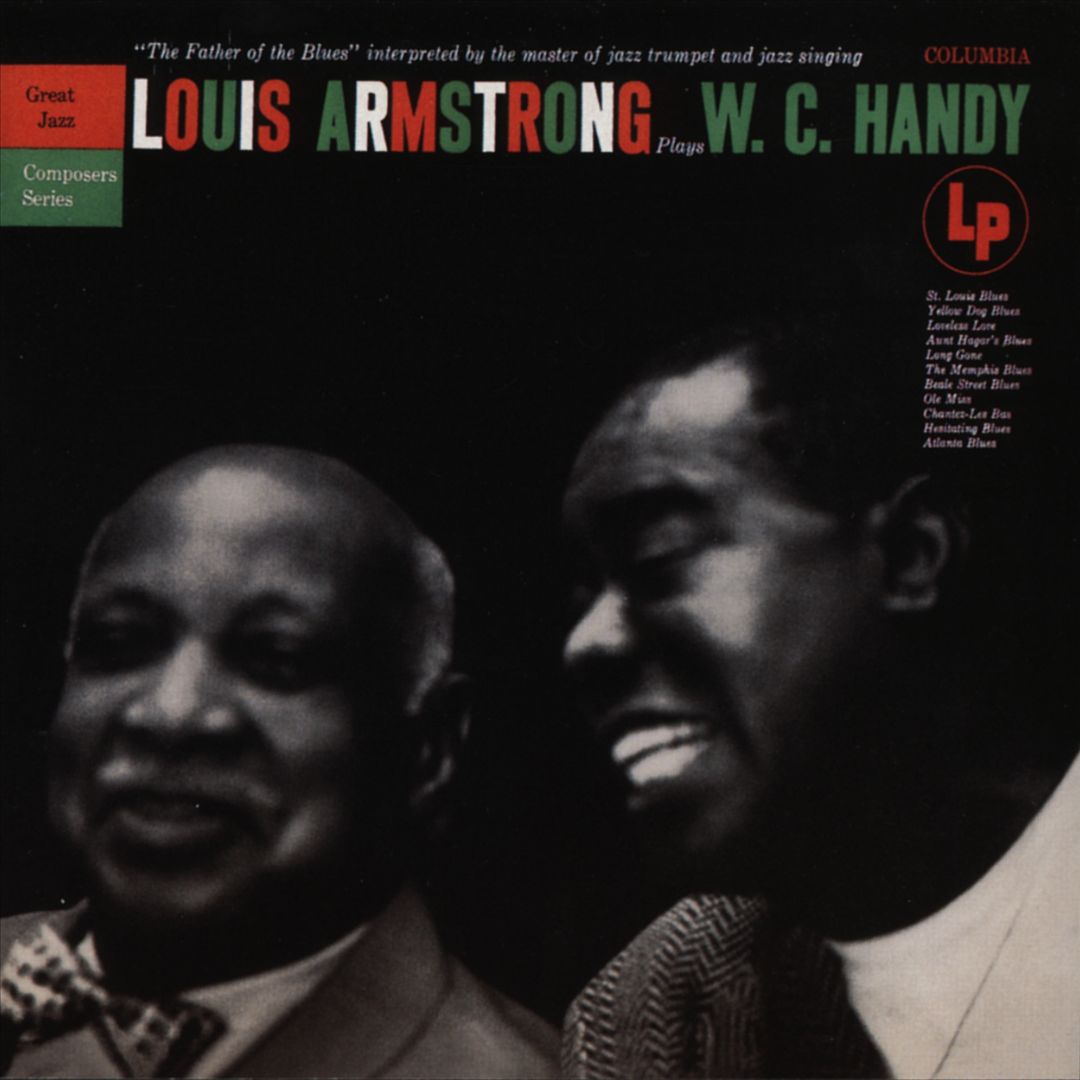
Louis Armstrong – LOUIS ARMSTRONG PLAYS W.C. HANDY
Genre: Vocal Jazz, Dixieland
Year: 1954
Favorite Tracks: “St. Louis Blues,” “Long Gone (From Bowling Green),” “Beale Street Blues”
As history would tell it, by 1954, things weren’t going so hot for Louis Armstrong. Experiencing increasing irrelevancy despite acting as a key player in the genesis of the en vogue big band style, LOUIS ARMSTRONG PLAYS W.C. HANDY saw Louis Armstrong taking advantage of the new LP format to re-establish himself as an essential presence. Electing to focus solely on songs composed by W.C. Handy, a man widely regarded as one of the progenitors of the blues, Armstrong is on fine form over the course of the album, his gravelly growl regaining a sense of winking joy that had long been absent in his music, his randy trumpet blasts more mischievous and sultry than ever. Bolstered by the confident vocal presence of Velma Middleton, there is an intensity present in their duets that doesn’t manifest in much vocal jazz, and there is a certain gleefully unrefined and unrestrained quality to be found in the instrumentation, especially Armstrong’s solos, that hadn’t been heard since the apex of the swing era.
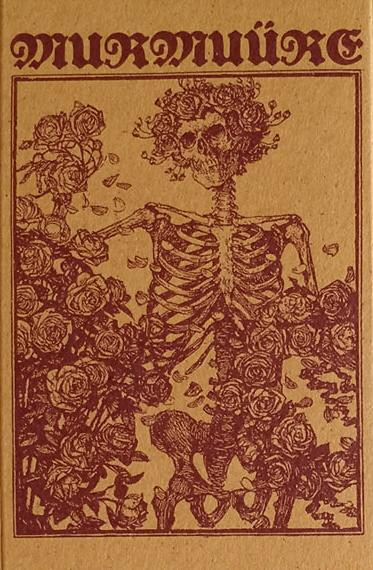
Murmuüre – S/T
Genre: Ambient, Atmospheric Black Metal
Year: 2010
Favorite Tracks: “Primo Vere,” “Torch Bearer,” “Amethyst”
This is a weird one! Very difficult to pin down genre-wise, the sole release from one-man act Murmuüre is an intensely personal project, as evidenced by the fact that the man behind it recently stated he plans on never recording music again. The black metal genre descriptor proves tricky, as while there are certainly dashes of pummeling tremolo passages and unearthly shrieks present, S/T is really more of a dark ambient album than anything else, with heaping layers of noise, synthesizers, and samples from a gamut of sources and influences piled atop its subtly unsettling thematic core. As the cover art (likely cribbed from The Grateful Dead) would suggest, S/T isn’t meant to compete with misanthropic metalheads, instead utilizing a masterful sense of composition and curation to create an experience comparable to watching dust and decay eat away at an exotic tapestry. Always interesting and rarely less than entirely enjoyable, transcendental highs such as “Amethyst” make it all the more disappointing that we’re likely to never hear from Murmuüre again.

